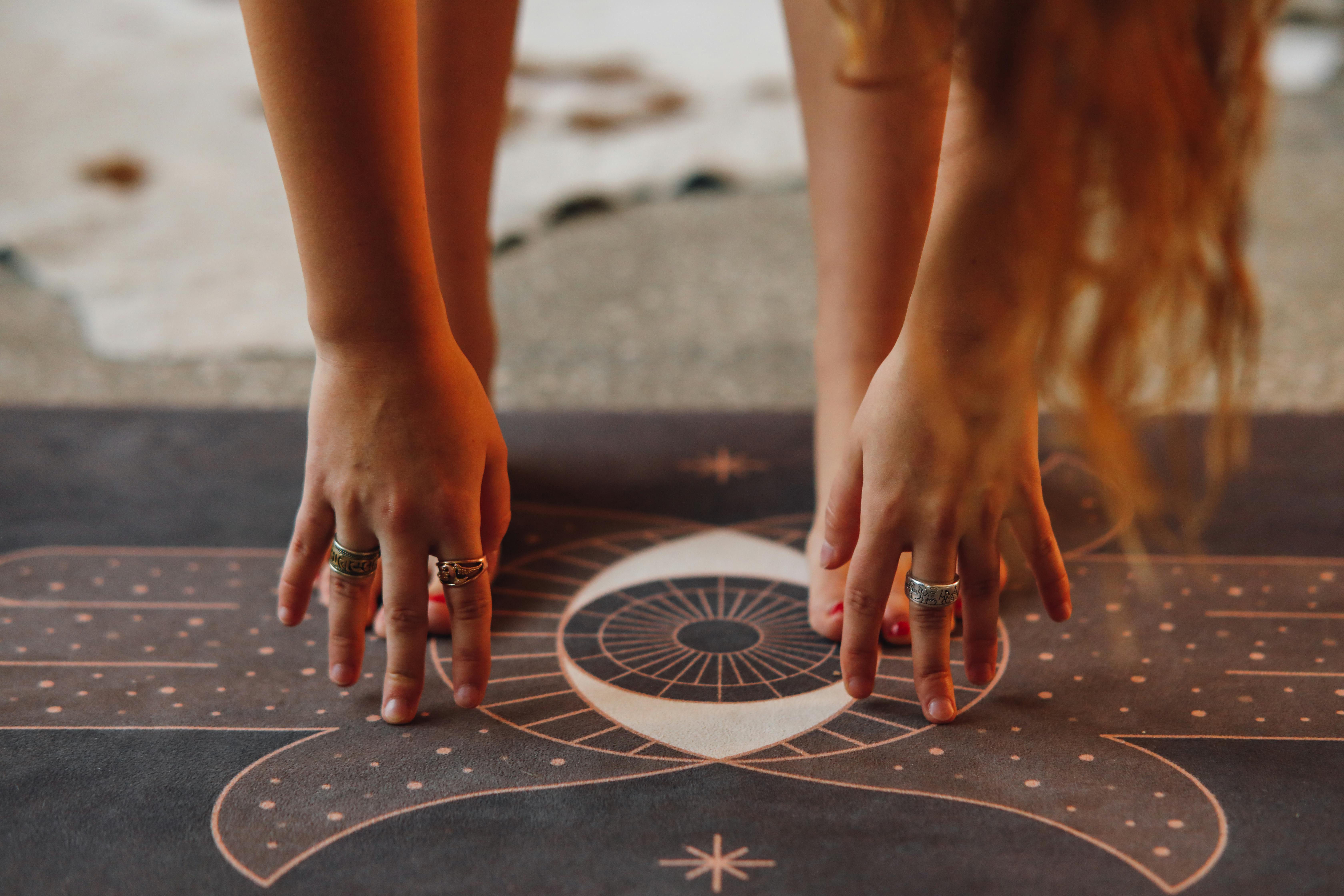Simple Steps to True Meditation and Mindfulness Mastery
In a world that whirls with relentless speed, have you ever yearned for an anchor, a quiet harbor for your mind? That sanctuary lies within the transformative journey of meditation and mindfulness—not just fleeting moments of silence, but a profound path to inner peace, self-discovery, and true mental clarity. This isn't about emptying your mind, but skillfully engaging it to navigate life with greater presence and wisdom. To illuminate your voyage toward mastery, we've now expanded our guidance to 21 insightful tips. Each serves as a beacon, offering both practical techniques and deeper philosophical insights to enrich your practice, whether you’re just beginning or seeking to elevate your existing skills. Prepare to unlock a more mindful, focused, and fulfilling life, one conscious breath at a time.
1. Understanding the Basics: What is Meditation and Mindfulness

Before diving into the practice, it's essential to grasp the fundamental concepts of meditation and mindfulness. Meditation is often described as a practice where an individual uses a technique—such as mindfulness, or focusing the mind on a particular object, thought, or activity—to train attention and awareness, achieving a mentally clear and emotionally calm state. Mindfulness, on the other hand, is the quality of being present and fully engaged with the current moment, free from distraction or judgment. It’s about being aware of your thoughts and feelings without getting caught up in them. Understanding these definitions helps set the foundation for your practice. By distinguishing between meditation as a practice and mindfulness as a state of being, you can better appreciate how they complement each other. Meditation serves as a tool to cultivate mindfulness, while mindfulness enhances the quality of meditation. This symbiotic relationship is crucial for anyone seeking to master these arts, as it allows for a more integrated approach to mental and emotional well-being.
2. Creating Your Sacred Space: The Environment for Meditation

The environment in which you meditate can greatly influence the quality of your practice. Creating a sacred space dedicated to meditation is a powerful way to enhance your experience. This space should be comfortable, quiet, and free from distractions. It could be a corner of a room, a dedicated room, or even a spot in a garden. The key is to make it a place where you feel at peace. Consider incorporating elements that promote relaxation and focus, such as candles, incense, or soothing music. Personalize it with items that inspire you, like meaningful objects or artwork. The physical act of setting up your space can also be a meditative practice, allowing you to begin your session with intention and mindfulness. This sacred space becomes a sanctuary for your mind, a place where you can retreat from the chaos of daily life and connect with your inner self. Over time, simply entering this space can trigger a sense of calm and readiness for meditation, reinforcing the habit and deepening your practice.
